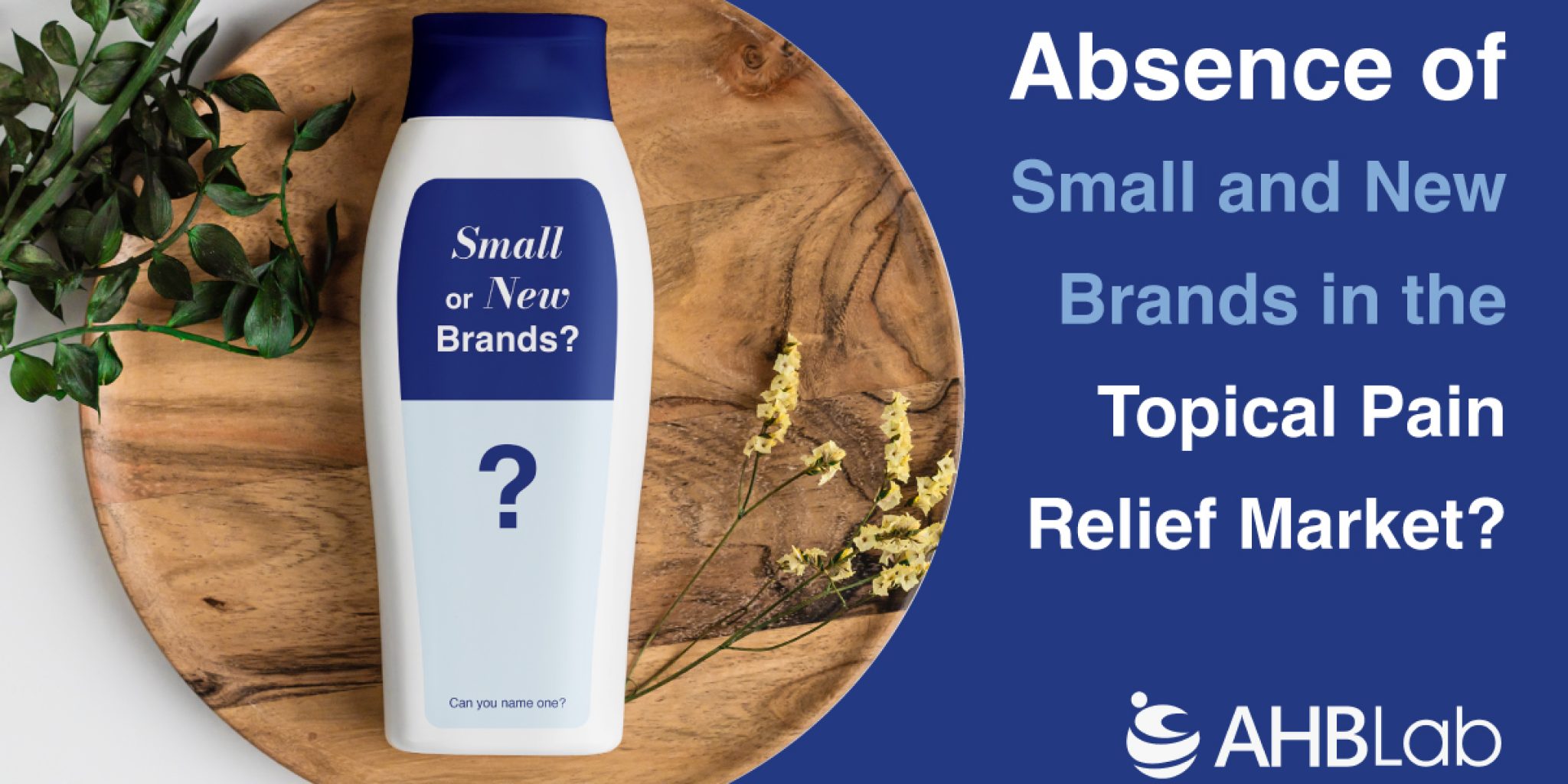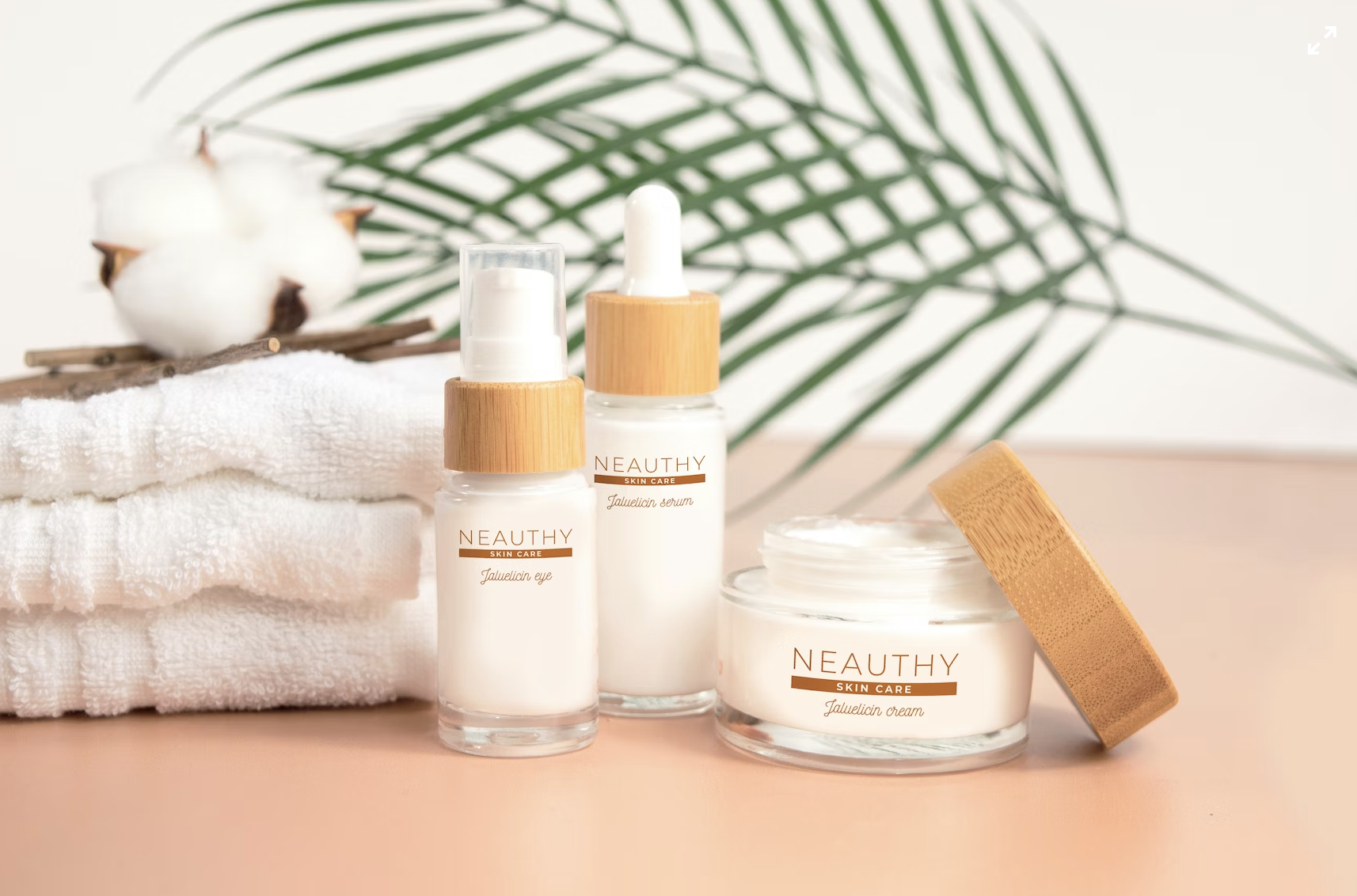Introduction: The Curious Case of Missing Small Brands in the Topical Pain Relief Sector
Imagine you’re experiencing muscle pain and need a pain relief or muscle relaxation cream or ointment. What’s the first brand that comes to mind, and where would you typically purchase such a product? Contrary to the experience of shopping for health supplements or cosmetics, you might not immediately think of a direct-to-consumer (DTC) brand or a new brand discovered on Instagram.
In fact, the topical pain relief market seems to have a noticeable absence of small or new brands. Even when you do find a smaller brand, it’s often backed by a big-name pharmaceutical company like Sanofi, GSK, or other well-established names, as indicated at the bottom of the brand’s website (Example). This raises the question: why are there so few small or new brands in the topical pain relief market?
While the dietary supplements and cosmetics industries are thriving with new and small DTC brands in the US and EU, the topical pain relief sector presents a stark contrast. In the following sections, we’ll explore the reasons behind this intriguing phenomenon and examine the challenges small brands face in this highly regulated market.
Decoding the Reasons Behind the Scarcity of Small Brands in the Topical Pain Relief Market
The lack of small brands in the topical pain relief market can be attributed to several factors.
- Regulatory barriers: Topical creams, particularly those meant for pain relief, arthritis, or muscle relaxation, often contain active pharmaceutical ingredients. The development, production, and sale of these products are subject to strict regulations and oversight by governmental agencies, such as the FDA in the United States. These regulations can make it more challenging and expensive for new companies to enter the market.
- High entry costs: Developing a new topical cream requires significant research and development, clinical trials, and investment in manufacturing processes. These costs can be prohibitive for smaller, direct-to-consumer (DTC) brands, which might not have the financial resources to compete with large pharmaceutical companies.
- Patent protection: Large pharmaceutical companies often hold patents for the active ingredients in their topical creams. These patents give the companies exclusive rights to manufacture and sell their products for a certain period. This can make it difficult for new entrants to develop and market competing products.
- Market dominance: Established pharmaceutical companies like Sanofi or GSK have significant resources and strong brand recognition, making it challenging for new, smaller brands to compete. Additionally, consumers may be more likely to trust and choose products from well-known brands when it comes to pain relief and other medical issues.
- Distribution channels: Large pharmaceutical companies have well-established distribution channels, including partnerships with pharmacies, hospitals, and other healthcare providers. Smaller brands may find it challenging to secure shelf space and distribution agreements.
In contrast, the dietary supplement and cosmetic industries have lower regulatory barriers and are more conducive to the emergence of new DTC brands. Furthermore, consumer preferences in these industries often prioritize variety and personalization, which can create opportunities for smaller brands to find niche markets.
Examining the Regulatory Landscape for Topical Creams in the EU and USA
In the European Union and the United States, topical creams containing active pharmaceutical ingredients for pain relief, arthritis, or muscle relaxation are regulated as over-the-counter (OTC) drugs or prescription medications, depending on the specific ingredients and their concentrations. Regulatory authorities like the European Medicines Agency (EMA) in the EU and the Food and Drug Administration (FDA) in the US oversee the approval, production, and distribution of these products to ensure their safety and efficacy.
- European Union:
In the EU, the EMA is responsible for regulating medicines, including topical creams. Companies looking to market a new topical cream must first obtain a marketing authorization, which involves submitting an application containing data on the product’s quality, safety, and efficacy. The EMA evaluates this data, and if it finds the product to be safe and effective, it grants the authorization. Companies must also comply with Good Manufacturing Practice (GMP) guidelines to ensure the quality and consistency of their products. - United States:|
In the US, the FDA regulates the sale of topical creams as OTC drugs or prescription medications. Companies must submit a New Drug Application (NDA) or an Abbreviated New Drug Application (ANDA) for generic drugs to the FDA, providing data on the product’s safety, efficacy, and manufacturing processes. The FDA reviews this information and grants approval if the product meets its criteria.
For OTC drugs, the FDA has established monographs that provide guidelines on the acceptable ingredients, doses, formulations, and labeling for specific categories of products, including topical pain relievers. Manufacturers must ensure that their products comply with the relevant monograph to be marketed as OTC drugs without submitting an NDA.
In both the EU and the US, companies marketing topical creams must also adhere to labeling and advertising regulations to ensure that they provide accurate and non-misleading information about their products. Additionally, manufacturers must comply with post-marketing surveillance requirements, reporting any adverse events or quality issues to the regulatory authorities.
In summary, the regulatory process for topical creams in the EU and the US involves demonstrating the safety and efficacy of the product, obtaining marketing authorization or approval, complying with manufacturing guidelines, and adhering to labeling and advertising regulations. These stringent requirements help ensure that topical creams available to consumers are safe and effective, but they also create barriers for new entrants looking to market their products in these regions.
Evaluating the Impact of Non-Pharmaceutical Ingredients on the Regulatory Supervision
If the active ingredients in a topical cream are not pharmaceutical ingredients and instead consist of peptides, herbal extracts, or other natural ingredients, the regulatory requirements may be less stringent. However, the specific regulations depend on the country and the intended use of the product.
In the United States, if a product containing peptides or herbal ingredients is intended to treat or prevent a disease, it would still be considered a drug and regulated by the FDA. If it is marketed as a cosmetic product, which only aims to cleanse, beautify, or alter appearance, the FDA regulates it differently, with less strict requirements compared to drugs. However, cosmetics still need to be safe for their intended use and properly labeled. If the product is marketed as a dietary supplement, the FDA regulates it under the Dietary Supplement Health and Education Act (DSHEA) with different requirements for safety, labeling, and claims.
In the European Union, if a topical cream containing non-pharmaceutical active ingredients is intended to treat, prevent, or alleviate symptoms of a disease, it could still be classified as a medicinal product, and companies would need to follow the regulatory process for medicines. If it is a cosmetic product, it falls under the EU Cosmetics Regulation, which has specific requirements for safety, labeling, and responsible persons. If the product is a food supplement, it will be subject to the EU Food Supplements Directive and national regulations.
In both the US and the EU, products containing non-pharmaceutical active ingredients, such as peptides or herbal extracts, can still be subject to regulations, depending on their intended use and the claims made about their effects. While the regulatory requirements for these products may be less stringent than for pharmaceutical drugs, manufacturers must still ensure that their products are safe, properly labeled, and comply with the relevant regulations.
Conclusion and Stay Tuned for Part 2
Some countries have less stringent regulatory environments for topical pain relief products, offering opportunities for small brands to enter the market more easily. For example, countries in Southeast Asia, South America, or the Middle East may have more relaxed regulations, allowing small businesses to bring products to market faster and at a lower cost. However, it’s essential to research the specific regulatory requirements in each country to determine the most suitable market for entry.
In the second part of this article series, we will delve deeper into potential countries for market expansion and discuss the opportunities that less stringent regulatory environments present. We will also introduce a new biosynthetic peptide ingredient, ICPPX®, designed to address various conditions, including Osteoarthritis, Degenerative Arthritis, Tendon Fasciitis, Ligamentitis, Muscle ache, Sprain, and Blood stasis. Don’t miss the next installment of this fascinating exploration into the world of topical pain relief products and the opportunities they present for small and new brands.








